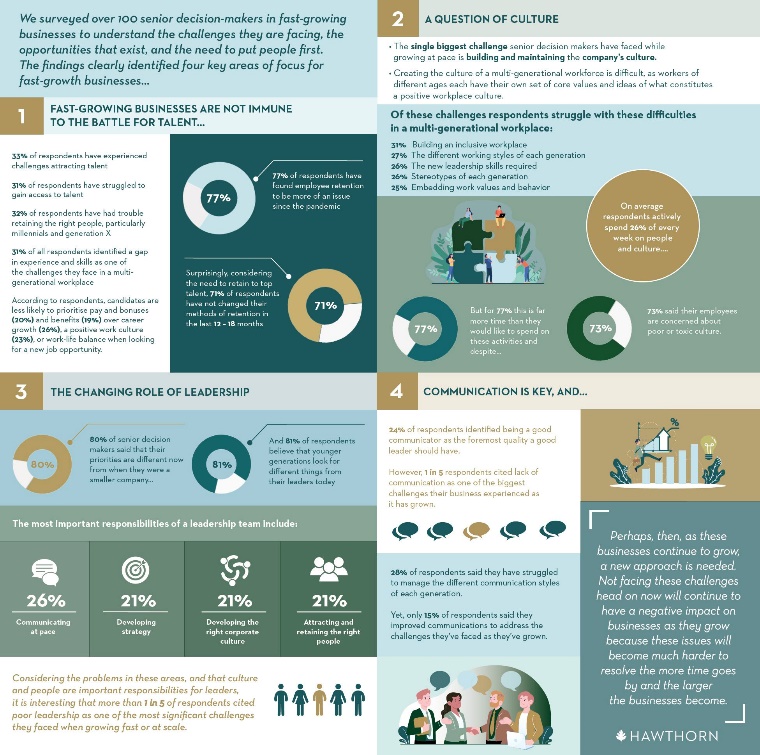Insights



Definitely not the separation we would have wanted
Those were the words of Stripe’s CEO Patrick Collison as he announced a 14% reduction in the size of his team. Redundancies are becoming a daily feature in our news, particularly amongst the tech industry and fast-growth businesses. With the likes of Twitter, Meta, Lyft, Netflix, Microsoft, Tesla, Amazon, and Salesforce, (the list goes on…) all making a string of layoffs in the face of uncertain economic conditions, some will say that redundancies are inevitable, but are they wise?
It’s not uncommon for fast-growth businesses like these to fall into the trap of hiring too many people, too quickly in periods of boom only to find themselves overstaffed in periods of stagnation or decline. But with a looming recession all companies are going to need to make difficult decisions. According to new research from ACAS, one in five employers are considering making employee redundancies in the next year.
However, even though redundancies have always been a reality of the economy, the effects are far-reaching – so they should only be the last resort!
Are redundancies a false economy?
According to the CIPD and KPMG, making a person redundant costs on average £10,000 and for some businesses even more than that. It’s not a short-term cost saving.
More importantly though, when the economy rebounds, businesses find they have a huge problem: a reduced workforce lacks the manpower and skills to effectively take advantage of the improving economy and can hamper a business’s ability to recover. It’s also not uncommon for businesses to hire back many of the people they fired – Twitter found this out earlier than most – and it can be quite an expensive endeavour!
Furthermore, the UK’s current skills shortage means it’s taking longer to fill critical positions, and this will only be made more difficult by the damage a large redundancy exercise can have on a businesses’ reputation and employer brand. Current and future employees will be watching closely, and many will think twice before working for an organisation they perceive doesn’t seem to care about its people and will make sweeping layoffs at the first sign of trouble.
…and what about those left behind?
Whilst redundancies negatively impact those who have been laid off, if not managed carefully and thoughtfully they also affect employees who are left behind. This has the potential to damage their trust in the organisation, lead to low morale, poor employee wellbeing, and a lack of engagement.
If handled badly, a wave of redundancies can also result in a leadership vacuum, inappropriate behaviour, a lack of transparency or sense of empowerment and no clear purpose. After a while, this can create fertile ground for a toxic culture to develop, stunting creativity, collaboration, and connectedness. Altogether, this reduces productivity and profitability at the worst time for the company.

What are the alternatives to redundancies?
Where possible, companies should exhaust all alternative options before landing on redundancies. It’s important to safeguard practices to ensure minimal damage and disruption for employees and the business.
One of the more common alternatives is the introduction of a hiring freeze and in recent months we’ve seen companies including Apple and Google announcing hiring slowdowns or freezes and those in turbulent industries such as cryptocurrency drawing back after a collective hiring binge.
Other options include:
- Looking early for efficiencies and evaluating core processes and roles needed.
- Identifying activities that are less essential or can be done more efficiently and effectively another way.
- Reallocating people to new roles or tasks.
- Introducing budget constraints.
- Reducing hours of overtime.
- Asking colleagues to take unpaid leave – for some this would be a more welcome option than losing their jobs.
- Flexible working requests – reduced hours / days worked
- Voluntary career breaks
- Early retirement
- Communication is key!
Regardless of whether a company decides to pursue redundancies or alternative cost-saving measures, dynamic leadership and communicating effectively is always important, especially amid uncertainty over the future. Being transparent about the challenges the company is facing and how it intends to overcome them will ensure workers are in the right headspace to weather the storm.
Make time to engage with people, explain the context and the vision, allow them time to process what is happening, and ensure there are processes in place to safeguard the emotional wellbeing of employees.
While such conversations are never easy, offering transparency lets employees know where they stand and what they need to do to maintain their roles and help the company through this period. These are challenging times for employers and employees alike.
But remember the decisions a business makes now will be remembered when the good times return.
By Sarah-Jane Wakefield, Head of Employee Communication and Engagement, and Arabella Kofi, Employee Communication and Engagement Executive
You may also be interested in

The opportunities and challenges for fast-growth businesses building multi-generational workplaces
We often hear the phrase – ‘your greatest asset is your people.’ This is true in any company; without...
Read more
Managing the Ripple Effects of Strike Action: Three Strategies for Businesses
Over the last few months, we’ve witnessed a rising wave of strike action and unrest not seen since the...
Read more
Navigating Intergenerational Dynamics: A Conversation with Dr. Eliza Filby, Expert in Generational Intelligence
Dr Eliza Filby, is an academic, lecturer, renowned author, podcaster, and speaker who specialises in ‘generational intelligence’ helping companies,...
Read more
Supporting your people during a recession
As the Bank of England warns that we could be facing our longest recession since records began, with the...
Read more
Future of leadership
By Sarah Sands, Partner The Platinum Jubilee celebrations were about 70 years of history but they also turned into...
Read more
Jess Phillips, Labour Party MP on support of alienated voters and the role all businesses can play in supporting their employees who may be suffering from domestic violence
Following the poor performance of the Labour Party’s recent election results and the subsequent botched reshuffle, the direction of...
Read more